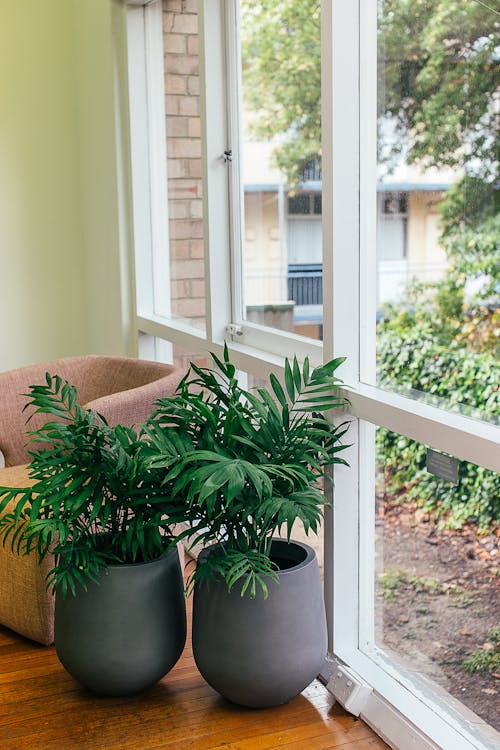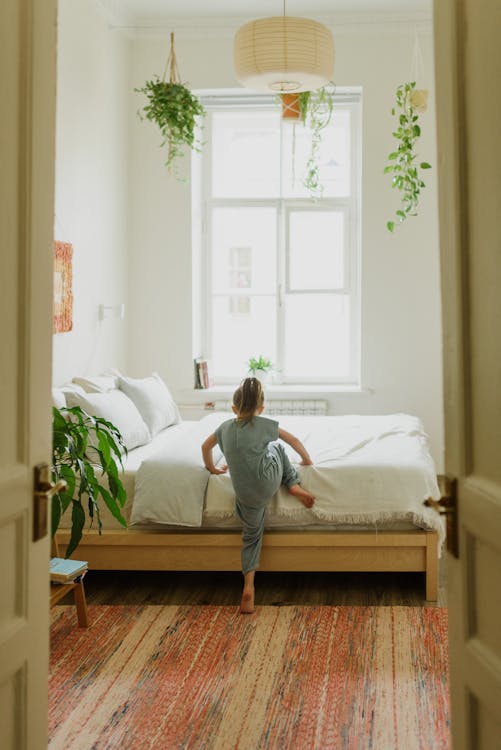

So what is biophilia? Sounds like something needing urgent medical attention but actually it’s a verified human tendency to interact with or be associated with other forms of nature. The assumption is that we are born with an innate affinity for other forms of life.
By extension, we have always relied on nature and so responding positively to nature is part of our genetic makeup. This concept is apparently supported by a decade of research revealing how positively and strongly people respond to natural elements.
The hypotheses argues that a love of nature is instinctive. The focus is about reconnecting with nature, something lost in many modern houses and offices. The benefits, supported by massive amounts of research, are behavioural, mental and physical well being.


The term biophilia ( love of nature) was initially coined by social psychologist Eric Fromm in 1964 and later popularised by American biologist Edward O Wilson in his book “Biophilia”, published in 1984.


easy biophilia indoors
Your home should support your well being. Here are some easy ways to include biophiliac elements.
Aim for natural light and fresh air. If possible, open the windows and enjoy the sounds of nature. If the view outside is brick or a plain fence grow a creeper over it or add a fountain and plants. Your visual connection with nature can be plants, animals, water and moving water, scents and light.
Incorporate indoor plants and vases of fresh flowers or leaves. Research clearly shows incorporating plants into your environment lowers stress levels.
Add colour and texture with curtains, rugs and cushions plus wood grain or stone finishes. Look out for old weathered or new textural pieces. Contrast brick, timber and metal with cosy wool, linen and velvet.
Create outdoor sitting areas and enjoy your morning coffee, a meal or just sitting outside.


Pets in the house or going for a walk and seeing animals grazing in paddocks is good, too, as is bird life and birdsong. Interacting with animals is soothing.


Fresh air, sunlight, natural bed linen using fibres such as silk, linen , cotton or bamboo plus texture and colour in the mat. Growing evidence from psychologists and neuroscientists demonstrates that incorporating nature and natural elements into the built environment has been proven to reduce stress, enhance cognitive function and also speed up healing.


Goals to feel good…..
- Enhance your connection with the real sensory forms of nature by wandering amongst plants.
- Seek sunlight, a natural elixir for well being. Just not too much direst sunlight in Australia!
- Ensure you have a range of places in your home where you can relax, work uninterrupted, or feel energised and like being with the family.
WELL DESIGNED WORK PLACES
Considering the amount of time people traditionally spent in their place of work, much of the research on biophiliac design had focused on this area. Since CV-19 some people have continued to work from home and are keen to make this an ongoing arrangement. Some people have reduced the amount of time spent in the office, away from home, going in for important meetings or set days a week, but many people have also returned to their work place.


Good office buildings incorporate natural lighting and ventilation. Thoughtful designs include views of nature from windows and lots of greenery inside. Not just a potted plant on the reception desk, but large, multi -planted pots and green walls, created with vertical pots. Greenery in nature is recognised for stimulating the vagas nerve, the longest and most complex of the cranial nerves, which is responsible for calmness and regeneration. This stimulation, telling your body to relax and de-stress, results in long term improvements in mood, well being and resilience.


A water view and the sound of running water, such as a fountain or crashing waves, promotes calmness.
This revival of nature appreciation, affected by urbanisation, the growth of cities and increased population, can be achieved by thoughtful decorations in the home and daily walks in parks, or along rivers or beaches. Biophiliac design concepts are harder to achieve in many existing office blocks but will probably influence architectural design in the future.
DID YOU KNOW?
Scientific modelling suggests it takes more than 200 years for a plastic bag to break down. Some experiments suggest 700 years is more likely. As it decomposes it becomes minute microbeads which easily enter the environment.
